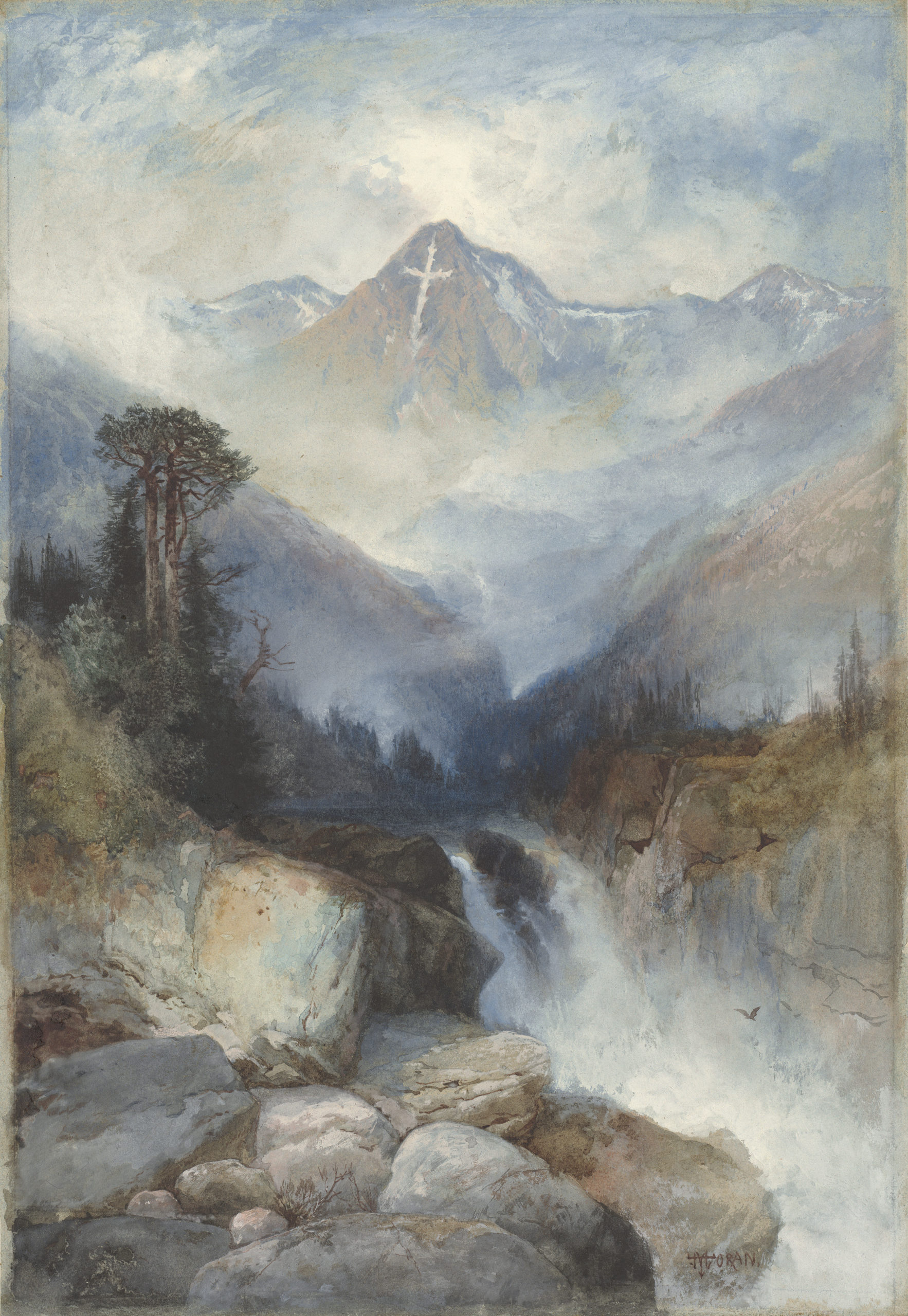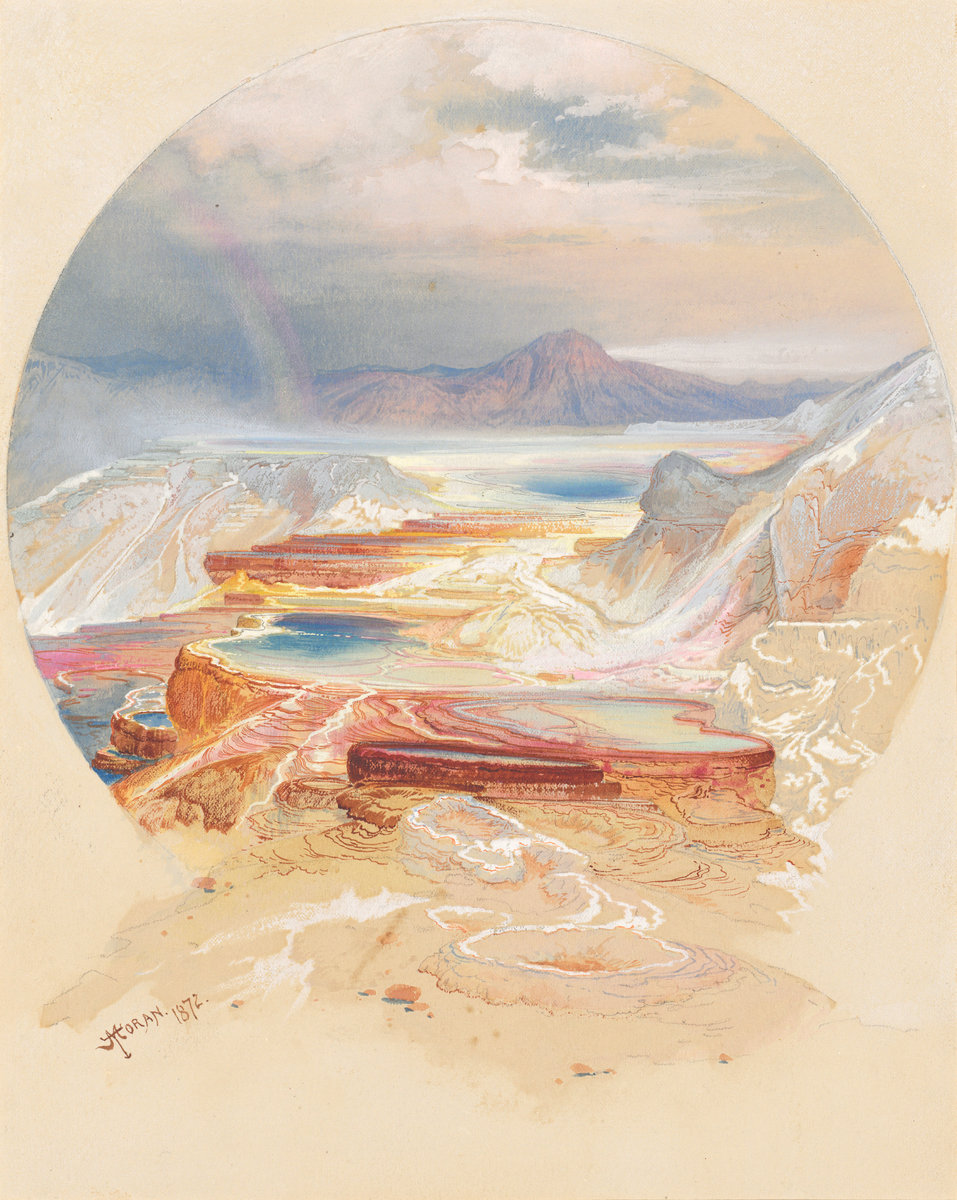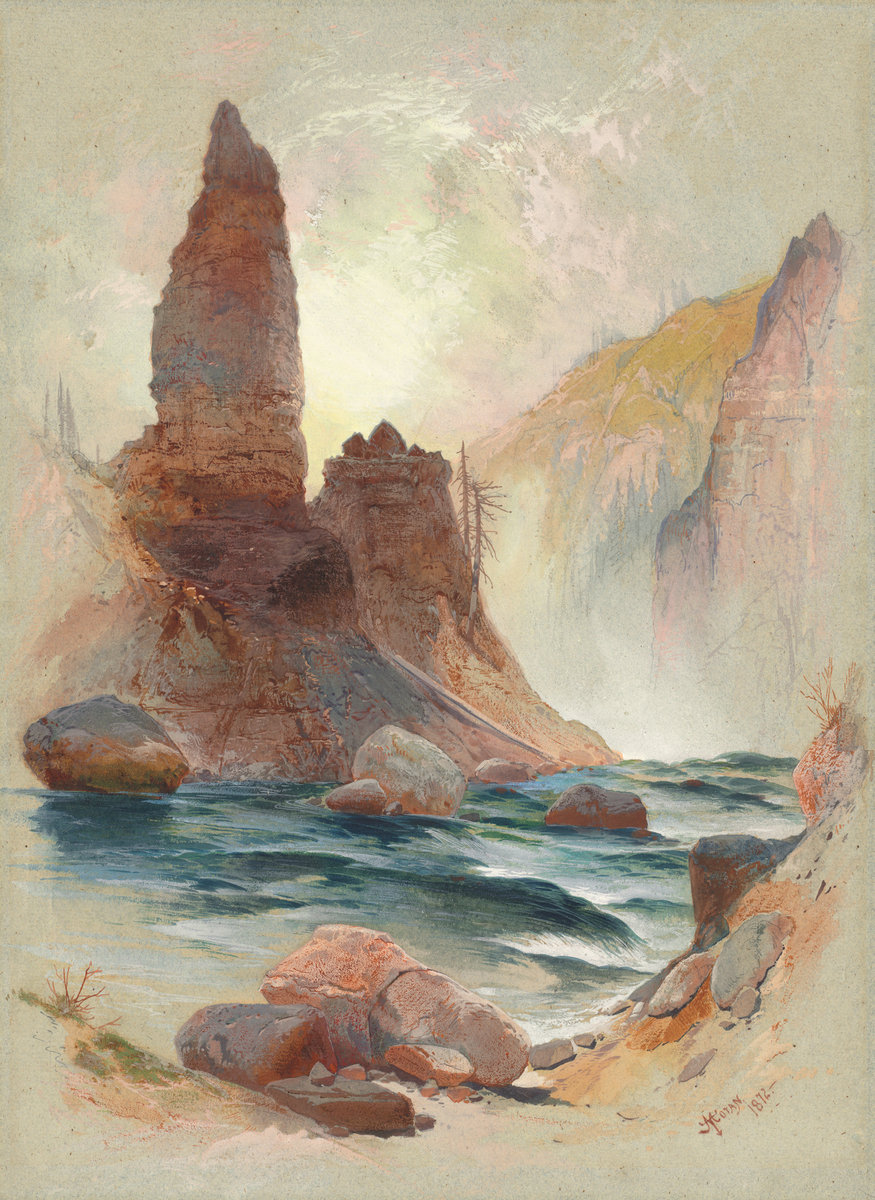In the time before cell phones and social media, painters introduced broad audiences to the unique and impressive features of the American landscape, playing an integral role in fanning the flames of the early environmental movement. In the 19th century, the artists of the Hudson River School became famous for their paintings of glorious trees, tranquil lakes, and towering mountains. Albert Bierstadt and Thomas Moran painted many of the West’s scenic highlights, including the Rocky and Sierra Nevada mountains, Yellowstone, and the Grand Canyon. Around the same time, Frederick Law Olmsted, who was active in the early conservation movement, emerged as the father of landscape architecture, designing many iconic parks, including Golden Gate Park in San Francisco and Central Park in New York.
Through their work, these pioneers helped popularize a love of nature, leading people to recognize the importance of protecting beautiful spaces, even those they may never get to see in person. On April 22, 1970, 20 million Americans took part in activities that marked the first Earth Day, a time designed for the nation to focus on the environment.

Commissioned to provide 13 illustrations for Picturesque America after the Civil War, Thomas Moran, known as “The Turner of the West,” made his first trip to Colorado. Taken by the landscape, he made a number of subsequent visits, resulting in a sizable body of work that rivaled Albert Bierstadt’s, including Mountain of the Holy Cross (1890, watercolor and gouache over graphite on paper, 17 13/16 × 12 3/8 in., Avalon Fund, Florian Carr Fund, Barbara and Jack Kay Fund, Gift of Max and Heidi Berry and Veverka Family Foundation Fund).
Thomas Moran Watercolor Paintings of Yellowstone



For more inspiring stories like this one, sign up for our free weekly e-newsletter.








You might want to interview Doug Tweddale (www.dougtweddake.com) about Thomas Moran. Doug and his wife have spent time out west locating and painting the areas – or specific spots – Moran painted. His pastels and other paintings are fantastic’